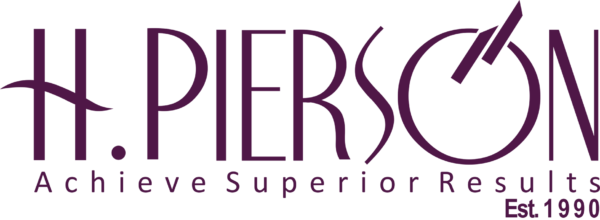.
In an era of relentless disruption—driven by artificial intelligence, climate transition, shifting demographics, and geopolitical shocks—boards of directors in Africa and other emerging markets face a profound challenge: Are we fit for the future?
Next-generation board composition is not just a governance trend—it’s a strategic necessity. Today’s effective boards are being reimagined to be digital, diverse, and decisive.
1. Digital Fluency Is No Longer Optional
Technology is reshaping every industry. From fintech and e-commerce to AI-enabled operations and cybersecurity threats, digital disruption is already in the boardroom—whether boards are ready or not.
Yet, many African and emerging market boards remain digitally underpowered. Few have directors with firsthand experience in tech-enabled business models, cybersecurity governance, or data strategy.
Boards must proactively recruit digital talent, not just rely on internal CIO briefings. This doesn’t mean every director must be a coder—but boards need members who understand how tech is transforming value chains, customer behavior, and risk exposure.
2. Diversity Unlocks Strategic Perspective
Diversity—across gender, age, professional background, geography, and ethnicity—is no longer about optics. It is about unlocking better decisions and mitigating groupthink. Diverse boards are proven to outperform on innovation, risk management, and stakeholder alignment.
In African markets, where youth populations are dominant and informal sectors thrive, boards must reflect the societies and customer bases they serve.
Ask:
- How many board members are under 50?
- How many have deep knowledge of local or regional consumer behavior?
- Is the board pipeline inclusive and intentional?
Diverse boards are more adaptive, more relevant, and more resilient.
3. Decisiveness in an Age of Volatility
The next-gen board is not only wise—it’s agile. It can make bold decisions amid ambiguity. That means:
- Faster responses to crises.
- Comfort with scenario planning and uncertainty.
- Empowerment of management, balanced with robust challenge.
Traditional board cultures often favor lengthy deliberation and consensus. But in today’s environment, inaction is a decision—and often the wrong one.
Board processes must evolve. Annual reviews are not enough. Real-time dashboards, ad hoc virtual briefings, and rapid convening of risk or strategy committees are now best practice.
Rethinking Board Composition: A Strategic Exercise
Leading organizations are using skills matrices and succession roadmaps to ensure their boards align with future strategy—not past credentials. That includes:
- Bringing in directors with cybersecurity, digital transformation, or ESG expertise.
- Appointing younger directors or creating advisory boards as digital sounding boards.
- Balancing seasoned governance experience with entrepreneurial thinking.
Key Questions for the Boardroom
- Does our board reflect the future of our market, workforce, and customers?
- Are we equipped to oversee digital disruption and tech risk?
- Do we have the diversity of thought needed to innovate and respond to crisis?
- Is our board structure agile enough for today’s pace of change?
Conclusion: The Time to Reimagine is Now
Boards that remain traditional in structure, static in membership, and slow in decision-making will find themselves outpaced by more agile competitors. In contrast, next-gen boards—digital, diverse, and decisive—are shaping the future of corporate leadership across Africa and beyond.
The future doesn’t wait. Neither should your board.











